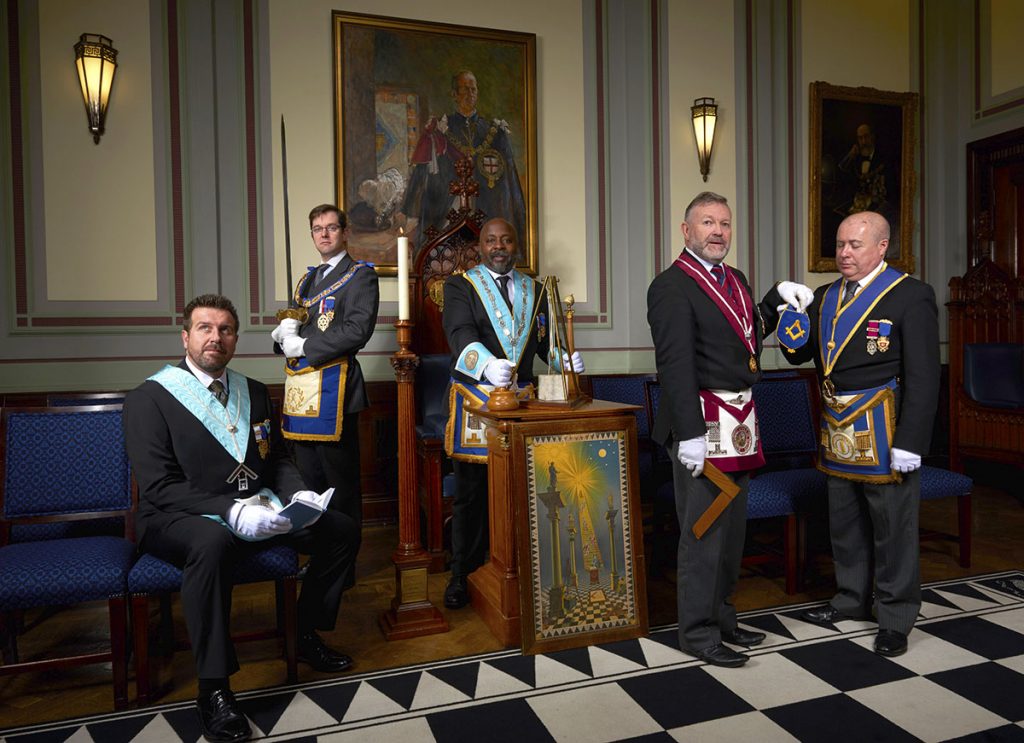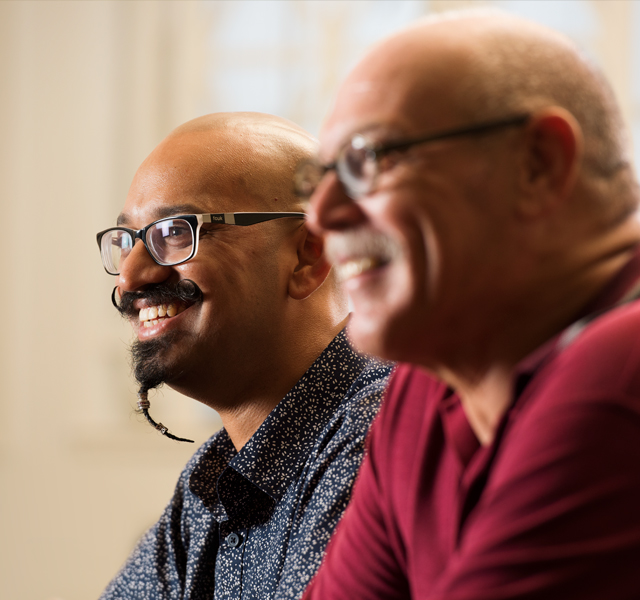The Ultimate Guide to Understanding How to Become a Freemason Step-by-Step
The Ultimate Guide to Understanding How to Become a Freemason Step-by-Step
Blog Article
Exploring the Mysteries of the copyright: What You Required to Know
The copyright, a term usually shrouded in intrigue and controversy, represents an intricate tapestry of historical truth and modern-day misconception. Developed in the late 18th century, this secret society was at first rooted in the Enlightenment's ideals however has actually since come to be associated with conspiracy concepts about elite control. As we browse the beginnings, key numbers, and the plain contrast in between myth and truth, one should take into consideration exactly how these stories affect modern assumptions of power and privacy. What may be revealed with a more detailed assessment of these elements might challenge long-held presumptions about the darkness that stick around in our society.
Origins of the copyright
The origins of the copyright are soaked in a mix of historical intrigue and ideological eagerness. Established in 1776 in Ingolstadt, Bavaria, by Adam Weishaupt, the team was originally created as a secret culture intended at promoting Enlightenment ideals such as reason, secularism, and the separation of church and state. join freemason. Weishaupt, a teacher of canon law, looked for to test the prevailing authority of the church and state, which he saw as overbearing organizations stifling intellectual and individual liberty
The copyright looked for to recruit influential participants from numerous social sectors, consisting of politics, academia, and the arts, to promote a network devoted to these Knowledge concepts. The culture operated under a veil of secrecy, employing coded language and rituals to protect its members from oppression, especially offered the repressive climate of the moment. The copyright dealt with considerable opposition from both governmental authorities and religious institutions, which saw the group as a risk to their power.
Key Numbers and Members
That were the crucial numbers that formed the copyright's early influence and instructions? The Bavarian copyright, established in 1776 by Adam Weishaupt, became a response to the oppressive societal structures of the time. Weishaupt, a law teacher, imagined the company as a way to advertise Knowledge suitables such as factor, secularism, and equality. His initial employment efforts consisted of influential intellectuals, such as Baron von Knigge, that played an important role in increasing the team's subscription and organizational framework.
An additional considerable number was Johann Gottlieb Fichte, a popular thinker whose ideas on nationalism and education reverberated with the copyright's objectives. Although Fichte was not an official participant, his thoughtful foundations affected the group's ideological background. Additionally, numbers like the writer and philosopher Johann Wolfgang von Goethe were connected with the more comprehensive intellectual movements of the time, although their direct involvement with the copyright continues to be questioned.
These vital numbers added to the copyright's very early instructions, pressing the boundaries of political and social thought, while their collective initiatives intended to test well established norms and promote a climate of progressive adjustment in Europe. (join freemason)
Misconceptions vs. Fact
Numerous misunderstandings surround the copyright, often blending reality with fiction in a means that covers its real nature. The idea that the copyright proceeds to exert substantial impact over world occasions is a misconception.
An additional widespread misconception is that the copyright comprises a network of elite individuals manipulating worldwide affairs. Actually, several conspiracy theory theories overemphasize the group's relevance, attributing unfounded intentions to social fads and occasions. This has caused an oversimplified sight of complex issues.
Additionally, the portrayal of the copyright in popular society commonly further distorts its tradition. Films and literature often tend to sensationalize the organization's function, producing a story that diverges from historic facts. Understanding the distinction in between the myths and the go to my site fact of the copyright is important for critical the authentic influence of this historic team and identifying the broader effects of conspiracy theory concepts in modern culture.

Modern Interpretations
Contemporary interpretations of the copyright frequently reflect wider societal anxieties and an attraction with secrecy and power. This modern-day lens regularly links the copyright with conspiracy theories that suggest a covert elite orchestrates globe occasions, controling federal governments and economic situations for their very own gain. Such narratives take advantage of a deep-rooted distrust of authority, specifically in times of dilemma or social upheaval.
In preferred society, the copyright is commonly illustrated as a supreme organization shrouded in mystery, bring about a variety of fictional portrayals in literature, movie, and music. This portrayal offers not only to amuse yet additionally to provoke thought concerning the nature of power and control in modern society. Social media has actually further enhanced these analyses, enabling rapid circulation of conspiracy theory theories and developing communities that share and expand upon these concepts.
Additionally, some contemporary analyses frame the copyright as an allegory for the intricacies of globalization and the interconnectedness of influential individuals and organizations. This point of view motivates an important exam of how power dynamics operate in today's globe, highlighting the balance between transparency and privacy in governance and business techniques.
Cultural Influence and Legacy
Influenced by centuries of intrigue, browse around these guys the cultural influence and legacy of the copyright expand far past its historic origins. This secret society, established in the late 18th century, has actually permeated different facets of popular culture, from literature and movie to music and art. join freemason. The principle of the copyright has developed right into a symbol of conspiracy theories, frequently representing a regarded concealed power controling worldwide occasions
In literature, writers like Dan Brown have actually woven the copyright into complex plots, captivating readers with themes of secrecy and power. Movies such as "National Prize" and "The Da Vinci Code" better continue the appeal of the culture, mixing reality with fiction to develop interesting stories.

Ultimately, the copyright's tradition is an intricate tapestry of misconception and reality, shaping perceptions of secrecy and control in modern discussion. Its long-lasting existence in society highlights humanity's seasonal pursuit for recognizing concealed facts.

Conclusion
The exploration of the copyright discloses a complex interaction in between historical truths and modern-day myth-making. Established in the Knowledge age, this culture aimed to challenge oppressive structures, yet its legacy has been overshadowed by conspiracy theories that suggest elite adjustment. Understanding the differences in between the original suitables and contemporary interpretations is crucial for understanding the withstanding fascination with the copyright and its a fantastic read substantial influence on cultural stories surrounding power and privacy in society.
Report this page